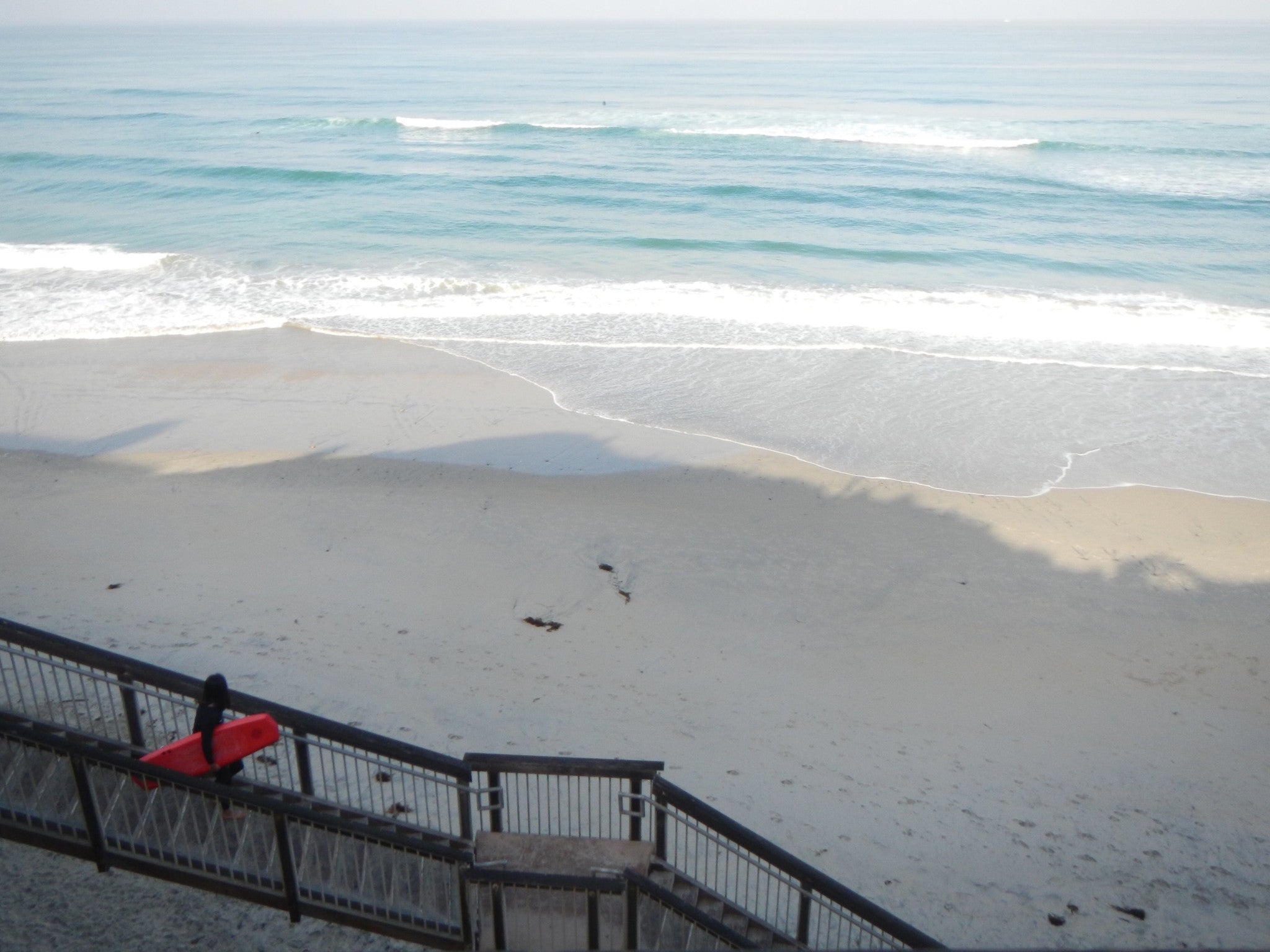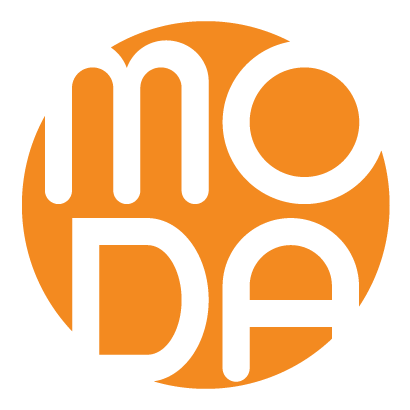How Does Flex Make A Surfboard Better?

Now that Moda has demonstrated surfboards that flex like snowboards, I'm frequently asked, how does flex (for variable-rocker) make a surfboard better?
The short answer is that variable-rocker means surfboards that have all the performance of conventional fiberglass construction, but require significantly less surfer movement to make them work.
For experienced surfers, flex means you can forget about working the board and focus on deeper aspects like wave positioning and connecting maneuvers.
For casual surfers, flex means an easier time grasping the basics.
For all surfers, flex means enjoying fun surfboards that are soft, durable, and environmentally responsible.
What compelled me to explore surfboard flex in the first place was to answer the question, how could surfboards have both flat and rocker? Surfers know that a surfboard's profile shape, typically its lengthwise upwards curvature, affects that board's speed and maneuverability more than any other single design aspect. The rub is that speed and maneuverability are trade-offs; as profile shapes increase one, they directly decrease the other. A flat profile, like in an alaia, is fast but compromises maneuverability; a rocker profile, like in a shortboard, benefits turning but sacrifices speed. The insight was realizing that this trade-off exists only because surfboards have fixed profile shapes since conventional surfboards are rigid. A way to achieve non-fixed shapes in order to eliminate this trade-off is flex and guess what? It works!
Because of flex, Moda surfboards are flat for speed when you need speed and flex to have rocker when you turn. Having both maximum speed and maneuverability is something experienced surfers can appreciate immediately.
But as it turns out, the best way to make surfboards flex also makes them safe and durable because soft construction. We build the exterior of Moda surfboards from the same materials common to top-level bodyboards because their softness doesn't counter the flex behavior of our internal core. This means Moda surfboards have the performance advantages of flex and the user-friendly benefits of soft construction. For casual surfers, Moda flex means user-friendly surfboards that actually shred.
Field testing Moda surfboards revealed the most interesting and unforeseen way flex makes surfboards better: it lets you focus less on working the board and more on actually surfing the wave. Because flex means Moda surfboards are constantly adjusting themselves to best fit how you want to surf, they require less input just to go. If you trust the flex, it rewards you with effortless speed and progressive turning; pumping doesn't add speed and rocker automatically increases in proportion to cornering forces. The result is that you're free to focus on surfing the wave rather than working the board. This flex benefit is one that needs to be experienced to fully understand, but it's easy to comprehend how it can help all surfers.
As a surfer myself, flex is the most exciting advancement in surfboards today. It's just a very different experience than conventional surfboards; one that I prefer and am excited to share with everyone. If you have questions or comments, I'm happy to open a discussion on Twitter at @modasurfboards.
Leave a comment
Comments will be approved before showing up.



